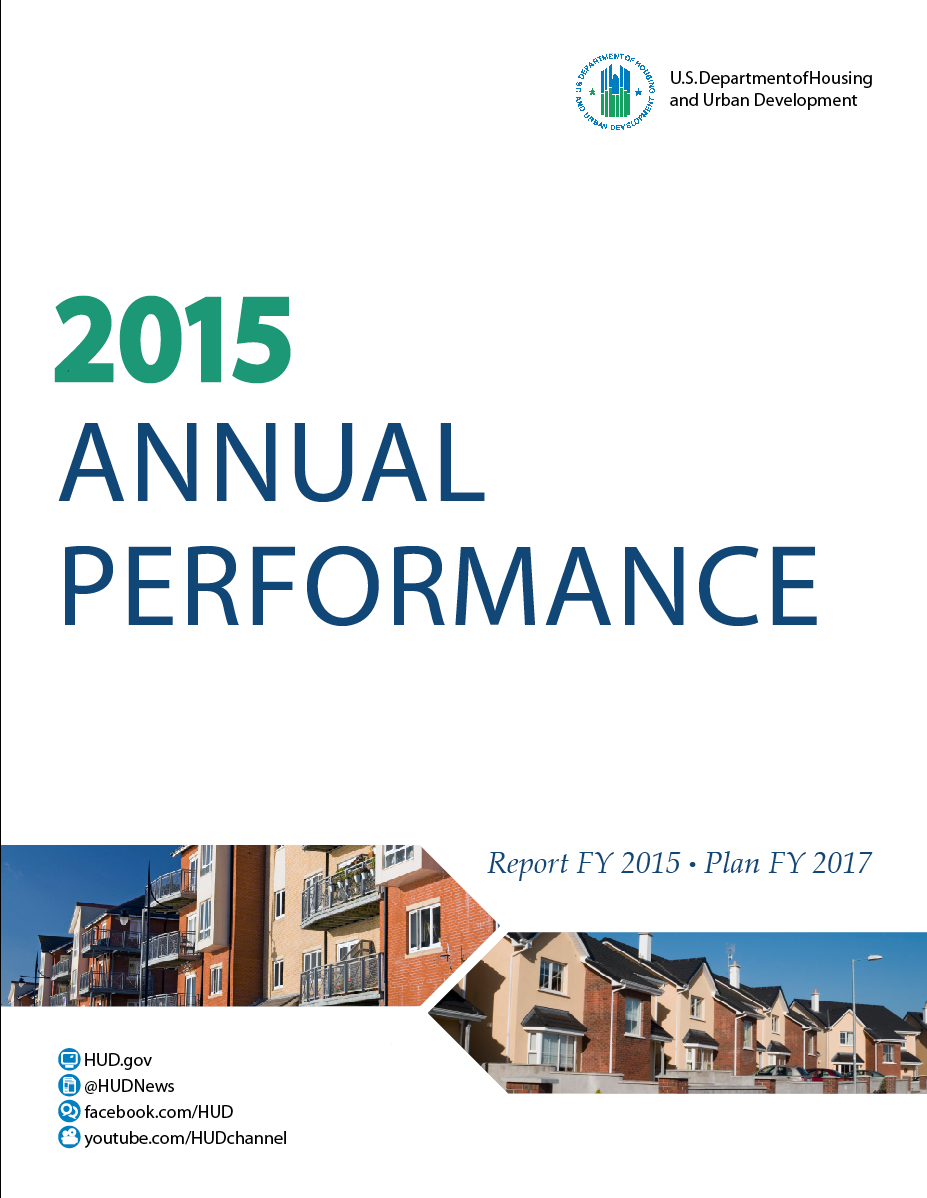- Home
- Agencies
- Department of Agriculture
- Department of Housing and Urban Development
- General Services Administration
- Department of Commerce
- Department of the Interior
- National Aeronautics and Space Administration
- Department of Defense
- Department of Justice
- National Science Foundation
- Department of Education
- Department of Labor
- Office of Personnel Management
- Department of Energy
- Department of State
- Small Business Administration
- Environmental Protection Agency
- Department of Transportation
- Social Security Administration
- Department of Health and Human Services
- Department of the Treasury
- U.S. Agency for International Development
- Department of Homeland Security
- Department of Veterans Affairs
- Goals
- Initiatives
- Programs
Primary tabs
Key to Changes
This text is Revised text
This word has been added to the text
This text is Last Published text
This word has been removed from the text
Modifed styling with no visual changes
Strategic Objective
Promote the health and housing stability of vulnerable populations.
Strategic Objective
Overview
Many residents of HUD-assisted housing face health-related challenges, especially elderly people, people with disabilities, homeless people, and those individuals and families at risk of becoming homeless. New studies of the health status of HUD residents show that they have higher rates of chronic health conditions and higher utilization of hospitals and emergency rooms than peer comparison groups. Some may have a criminal record, a history of homelessness, be making the transition out of military service back into civilian life, or be transitioning out of healthcare treatment settings.
In 2013, one out of every six Americans did not have health insurance. Hardworking families in HUD housing may not get insurance from their employers, and they may not make enough money to afford a plan for their family. Without health insurance, families risk forgoing necessary preventive care or facing economic catastrophe from a major illness.
In January 2014, many more affordable insurance options became available through the new health insurance marketplaces, including, in those states that have opted in, an expansion of Medicaid. When residents of HUD-assisted housing also have health insurance, they gain an additional stepping stone to better health and financial security. This makes for healthier, stronger households and communities.
The Affordable Care Act can help as many as 40 million currently uninsured Americans find greater peace of mind and financial stability that will help them work toward their own goals and dreams. Access to health insurance is important, but so too is access to health care. As the healthcare system develops new tools to provide better care at a lower cost, new partnerships are needed between housing and the healthcare system.
Additionally, work led by the United States Department of Justice (DOJ) and HHS related to enforcement of and compliance with the Supreme Court’s Olmstead decision reinforces the rights of individuals with disabilities to live, work, and receive services in the greater community in the most integrated setting appropriate to their needs. As a result of Olmstead, there is a significant need for affordable, integrated housing opportunities where individuals with disabilities are able to live and interact with individuals without disabilities. Achieving this goal requires an increase in the supply of integrated housing options so that individuals have meaningful choice in where they live, including housing without services and supportive housing with access to voluntary services.
HUD also helps protect the health of residents of assisted multifamily and public housing from both direct and environmental (that is, second- and third-hand) tobacco smoke exposure by encouraging owners of assisted housing and PHAs to issue and implement smoke-free policies and by providing outreach and technical support. The Department will enhance those efforts to help reduce the extent of this public health problem among residents of its housing portfolio.
Read Less...
Progress Update
HUD met the needs of the most vulnerable populations, including individuals experiencing chronic homelessness, individuals living with disabilities, and older adults, and ensure the healthiest environments for residents of Public Housing and other HUD-assisted properties. Through research and collaboration with HHS, we are promoting the impact of supportive housing on the health and health care utilization of highly vulnerable populations.
- Healthcare and Housing (H2) technical assistance partnership: In October 2014, the Office of Special Needs Assistance Programs and the Office of HIV/AIDS Housing announced the Healthcare and Housing (H2) technical assistance partnership with USICH and HHS to maximize care coverage for the target populations and increase access to comprehensive healthcare and supportive services that can be coordinated with housing. Throughout FY 2015, twelve statewide and community planning sessions took place with a goal to develop the connections between homeless assistance providers and mainstream healthcare services and plans for integrated work. Their plans are posted on the H2 Initiative website, as well as the anticipated schedule of the next eight community sessions.
- HUD-HHS Collaboration: In August 2015, HUD, in collaboration with CMS and HHS, coordinated a fifth annual central office training designed to promote community living for all and strengthen collaborations between HUD’s housing and HHS’s healthcare systems. These trainings are a crucial venue for sharing best practices on the coordination of housing and healthcare and developing new projects aimed at leveraging Medicaid to cover the cost of housing-related services, thereby allowing HUD to spend more money on housing.
- White House Conference on Aging: HUD is also developing a strategy to meet the housing choice, affordability, and accessibility needs of an aging America. In the July 2015, HUD presented the increasingly imminent housing needs of older adults in the White House Conference on Aging. Following the conference, HUD has issued guidance on equal access to housing units and increasing accessibility. In the year ahead, the agency is partnering with key stakeholders, such as AARP, to build the most robust plan for all of our housing futures.









